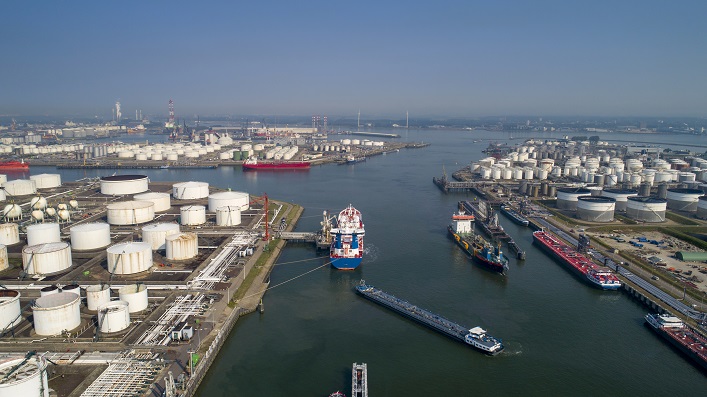After Russia’s full-scale invasion, the gray fleet has accounted for more than half of Russia’s oil exports for the first time. The gray fleet helped Moscow survive the shock of Western sanctions. While the EU embargo has effectively cut off much of the bloc’s supply, Western officials have admitted that 12 months on, very little Russian oil reaching new buyers is selling below $60 a barrel.
“In the first quarter, the restriction worked well. In the second, Russia began to look for ways to circumvent it, in the third, the restriction began to lose its effectiveness, and in the fourth quarter, it became ineffective,” analysts note.
Widespread violations of the price ceiling became possible due to weaknesses in the enforcement system, as well as the success of the Russian Federation in creating a gray fleet for transporting oil beyond the reach of the G7. Although the flow of Russian oil to the EU has been reduced to a minimum, millions of barrels are sent daily from Russia’s western ports on the Baltic and Black seas to India, China, and Turkey.
